| | Plants that have gone crispy dry are prime for harvesting their seeds to replant in next year’s garden. These “dry” seeds – like artichokes, beans, Chocolate Daisy, nicotiana, peppers, stock and sunflowers – don’t require any effort beyond separating the seeds from the pods, saving them in a paper (not plastic) bag or container and storing them until their sowing time next Spring. But the pods must be absolutely crispy dry. Any residual moisture will potentially rot the saved seeds by the time you want to plant them. See below for more detail per specific plants. Other “wet” seeds that have their seeds encased in a gelatinous substance – like cucumbers, squash and tomatoes – must undergo a fermenting process to remove the potentially virus-containing jellylike coating. For this process, see my blog from August 3, 2016 -- http://www.gardeninginla.net/blog/saving-seeds-from-non-hybrid-vegetables Artichokes This was the first year I let one of my artichoke plants completely ripen its pretty blue-purple blossoms into tan fluffs. I struggled to find the seeds in the fluff, assuming that they might be like sunflowers, at the base of the fluff. They were, but firmly ensconced right at the base of the hair and the what-used-to-be-edible petals. While they were really hard to pry apart, there were lots of seeds, maybe a quarter of a cup just from that one blossom! Romagna seedlings I’d started last Spring are almost ready to be transplanted into the garden. Beans I’d been inadvertently saving beans from the first that appeared in June. Some had developed too much for me to want to eat them – with the beans fully formed inside the green pod – so I’d picked them and tossed them aside and forgot about them. This last week, I picked all the remaining beans that I’d purposely left maturing on the no-longer-irrigated plants. Just out of curiosity, I also retrieved those that I’d tossed aside months ago, and they appeared to be just as dry and mature. So now I have a nice selection of early-bearers and late bearers spanning the whole season. Breaking open the crispy pods revealed the beautiful colors of the many varieties. Lettuce Although my lettuce bolted and went to seed late last Spring, and I grow lettuce only during our cool weather, I’ve included it here as a point of technique. Because the many little flowers on the lettuce seedstalk mature over several weeks’ time, I enclose the entire seedstalk head in a big paper bag so the seed stays in the bag rather than self-sowing all over the immediate area. Once you can snap off the seedstalk, the seeds are mature. But, if there’s the slightest wiggling when you bend the stalk, and it doesn’t immediately snap off, it’s not yet completely dry, so leave it to dry another week or two. Store the bag with the seedhead indoors anywhere that’s dry, moderate temperature and dark. When you’re ready to sow the seed later this Fall or next Spring, there’s no need to separate the seed from the chaff. Just grab handfuls, crush the dry plant matter to release the seed from its little seedheads, and scatter over the soil surface. That bit of chaff will help anchor the seeds and provide a bit of shade to help them germinate. Nicotiana sylvestris I’ve had this plant repeat-seeding in my garden since I purchased seed at the Thomas Jefferson Center for Historic Plants at Monticello some 30 years ago. It just keeps self-sowing. For more information, go to https://www.monticello.org/site/house-and-gardens/thomas-jefferson-center-historic-plants As you see in the picture, it matures individual seed pods and self-scatters its seed, while continuing to blossom and develop more green pods. So it’s a long continuous season of growing and reseeding. And this plant is just the latest descendent of those first seeds – definitely acclimatized to my garden! Peppers Whether “sweet” or “chili” types, let peppers dry till they’re crispy, either individually or the whole plant. When you open up the dried-up fruit, you’ll retrieve the seeds only. The connecting flesh holding each seed onto the inner rib should have dried completely, so the seeds fall into your hand. If they don’t, then set the whole fruit aside in the sun so it’ll dry completely. Stock Stock develops and matures its seedstalk but also sends up a side shoot that continues growing and blossoming. The seedstalk is made up of several branches of seedpods that are about two inches long and will pop open lengthwise and scatter their seeds. To save the seed for sowing in a different location, place a paper bag over the entire seedstalk and cut from the still-living plant. Sunflowers Sunflowers are perhaps the most fun seeds to collect because you can eat them immediately, and beginning gardeners can see precisely where they come from since they look just like they do in the package at the store, although in different shapes and sizes for different varieties. Why Store Seeds in Paper Bags Instead of Plastic? The critical point of maturity in harvesting seeds is that they must be crispy dry to assure that they’re mature enough to germinate successfully. When storing the seeds, the container must also keep them crispy dry. Since paper bags allow their contents to “breathe”, this allows even the merest amount of residual moisture to escape. Plastic containers won’t allow this, so the potential for spoilage is much higher. After you’ve written the name of the seed and the date on the bag, store it in a dry place with little temperature fluctuation and no light. An interior closet is ideal. |
|
0 Comments
Leave a Reply. |
Categories |

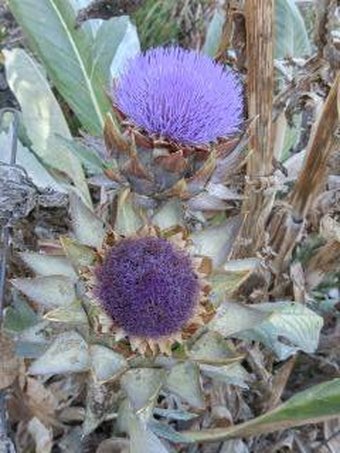
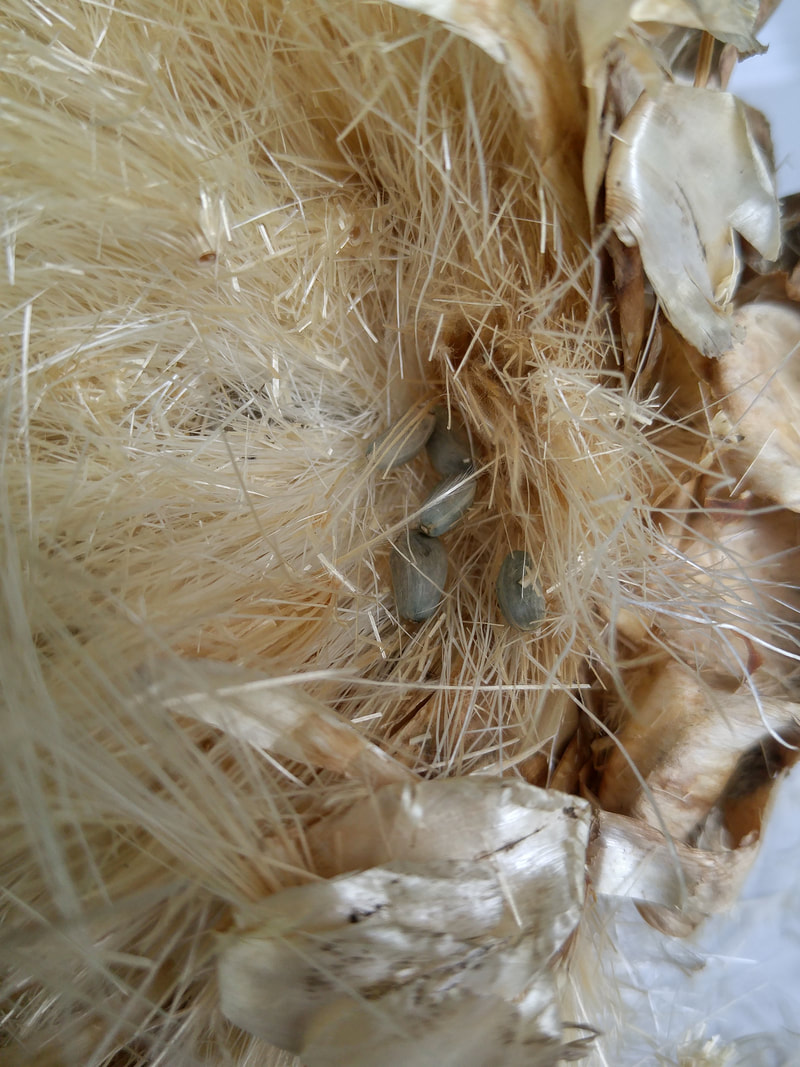
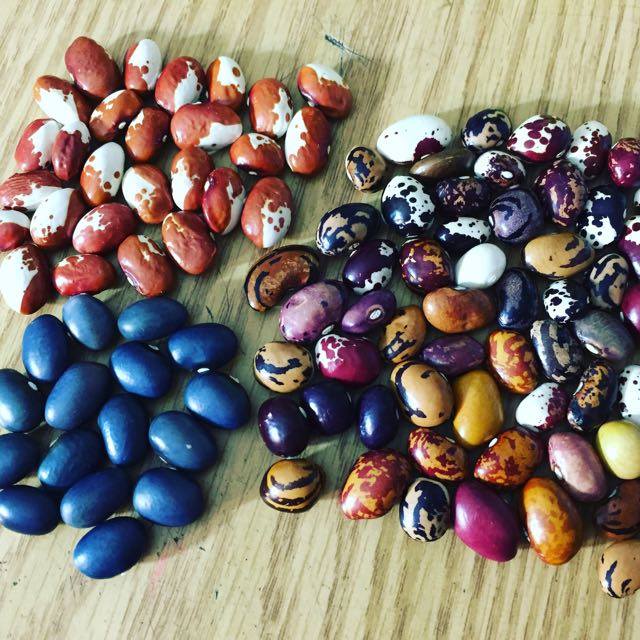
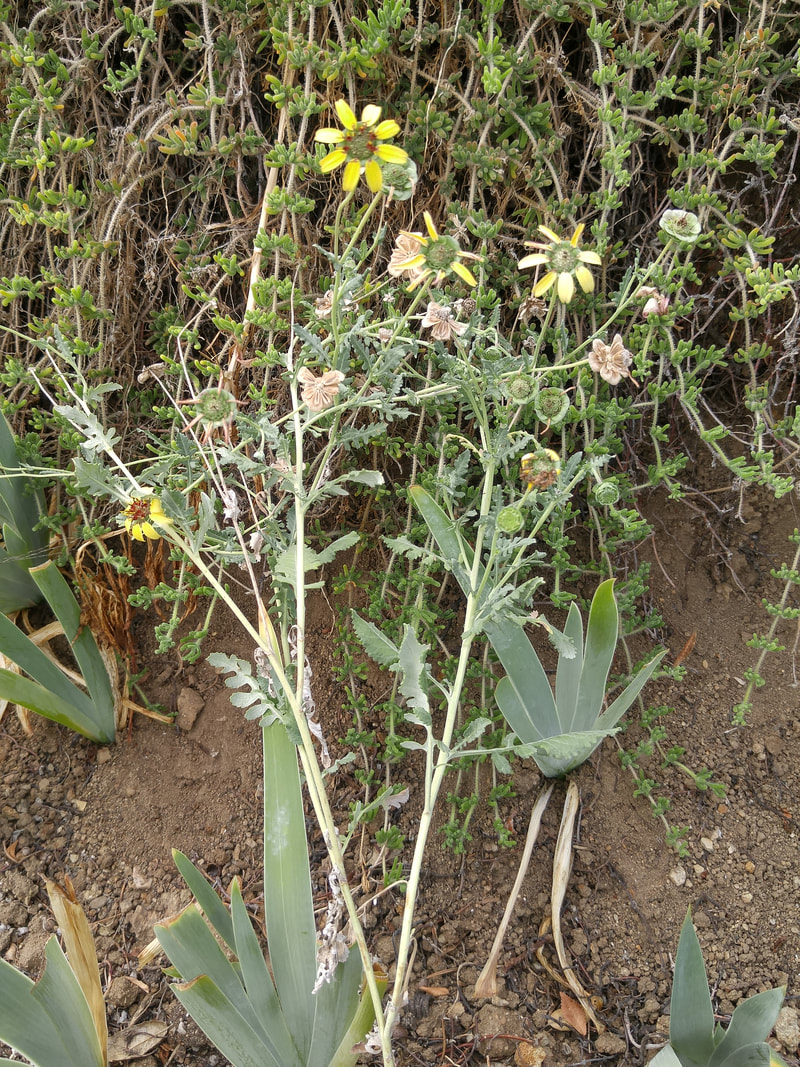
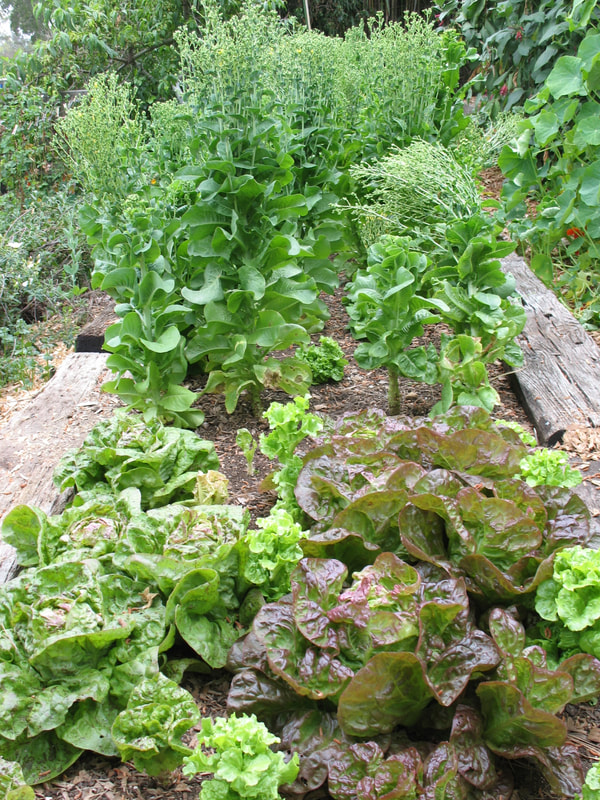
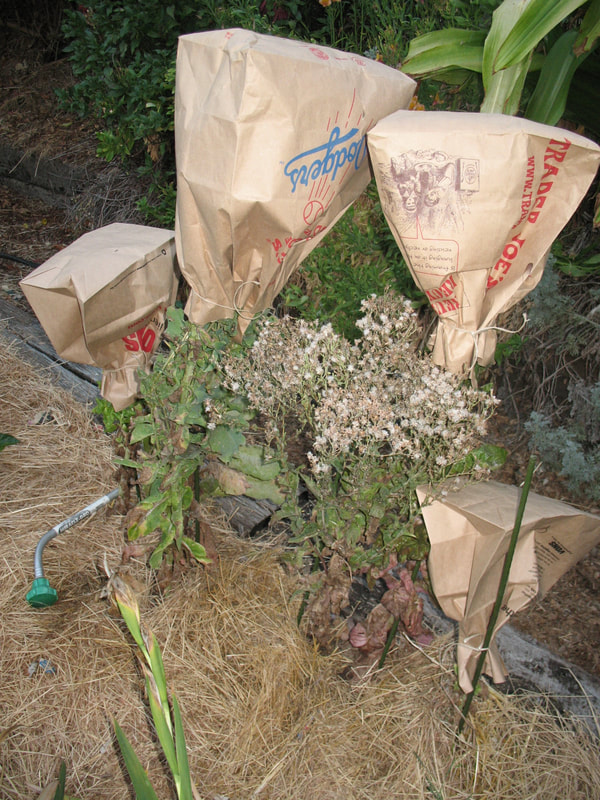
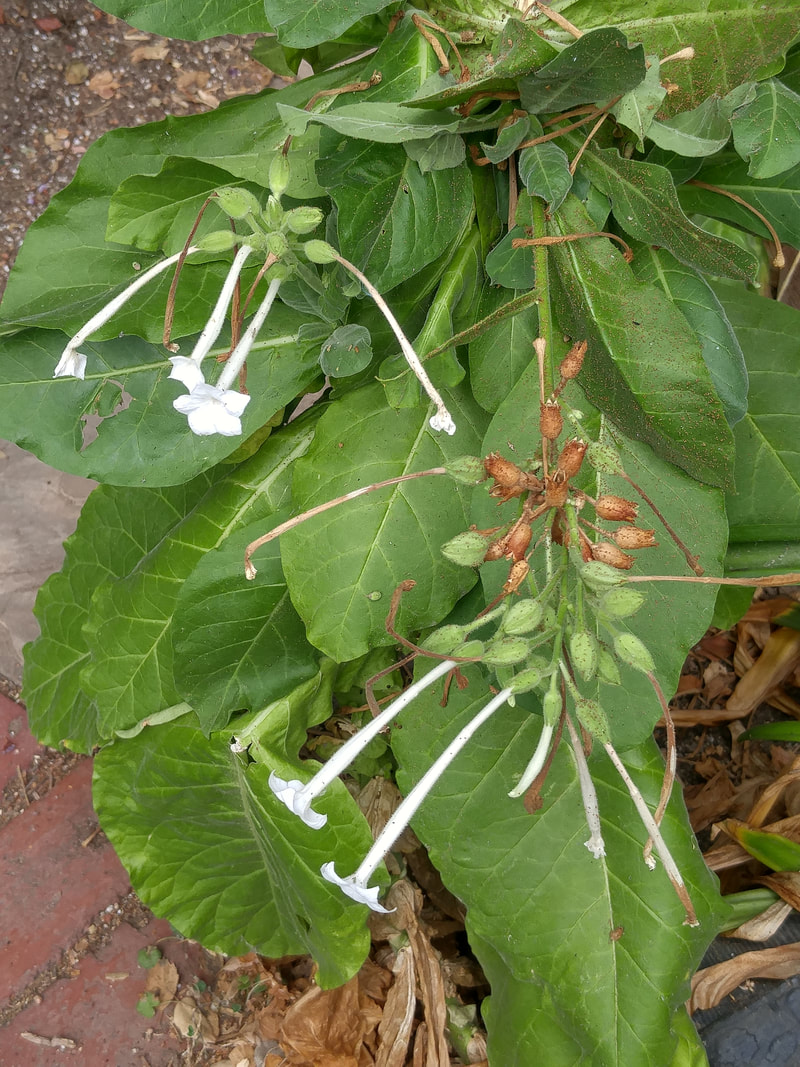
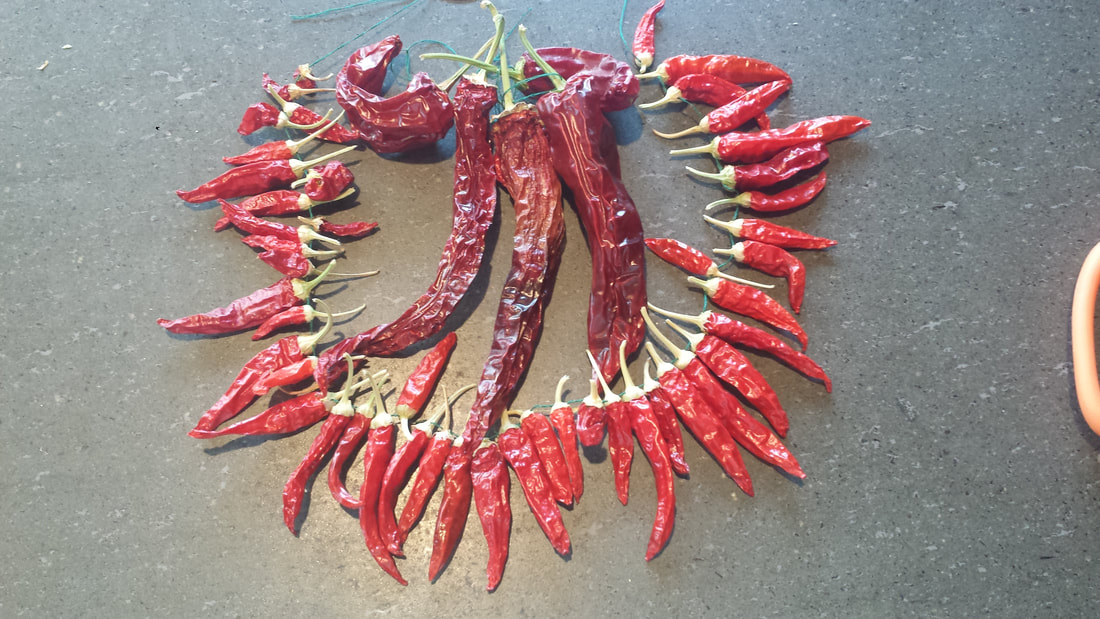
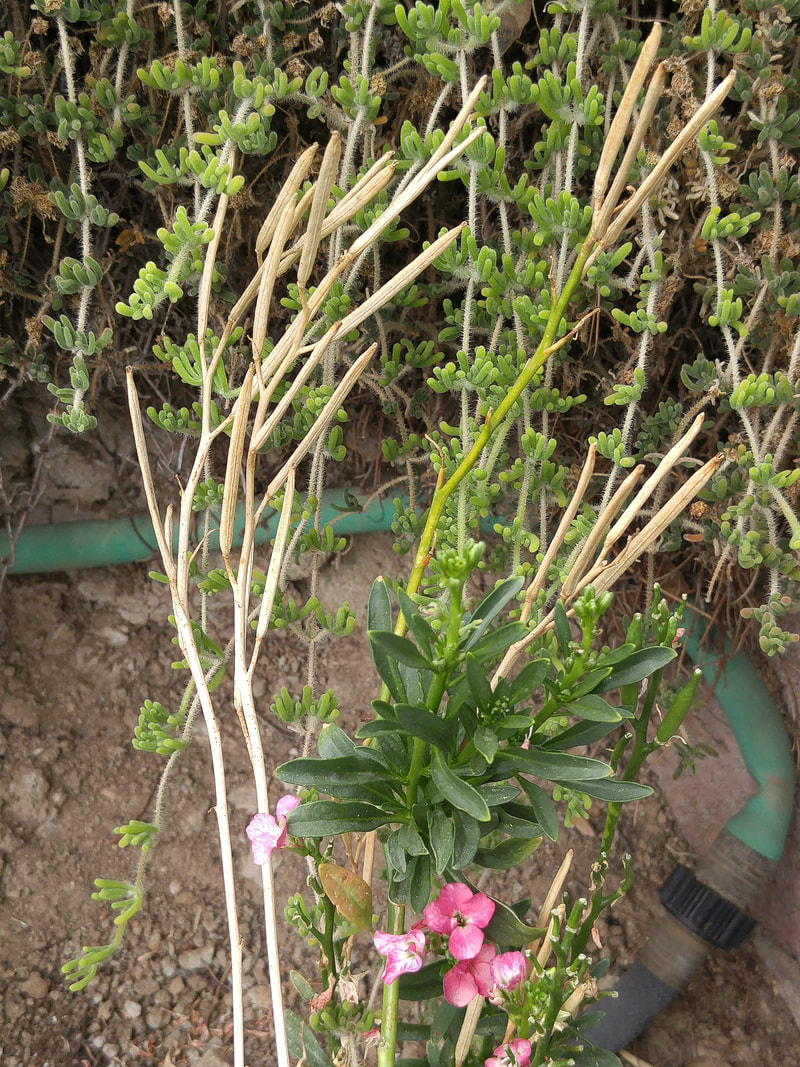
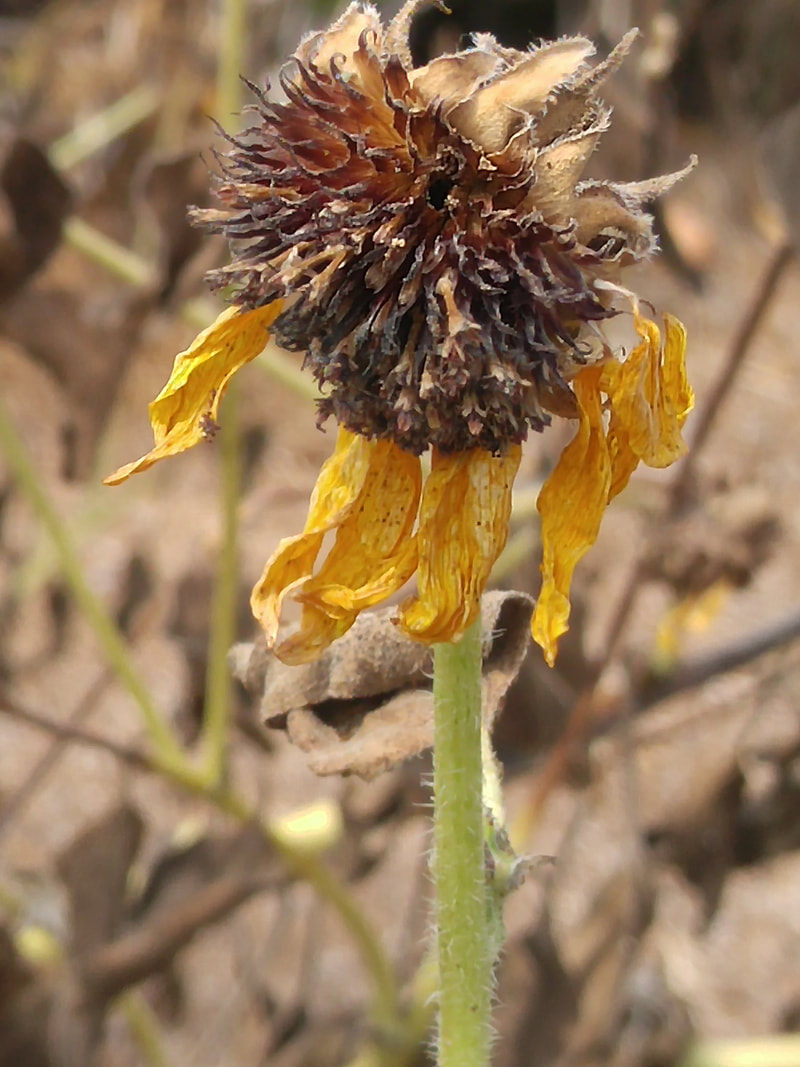
 RSS Feed
RSS Feed